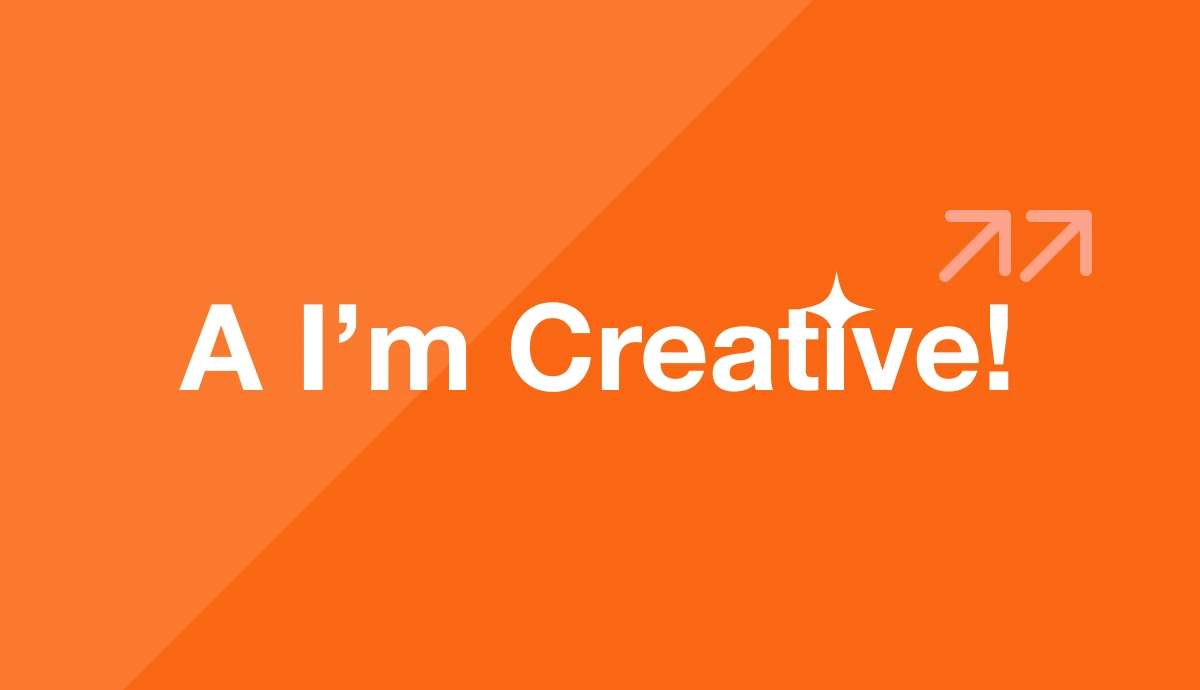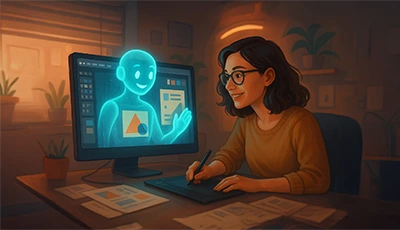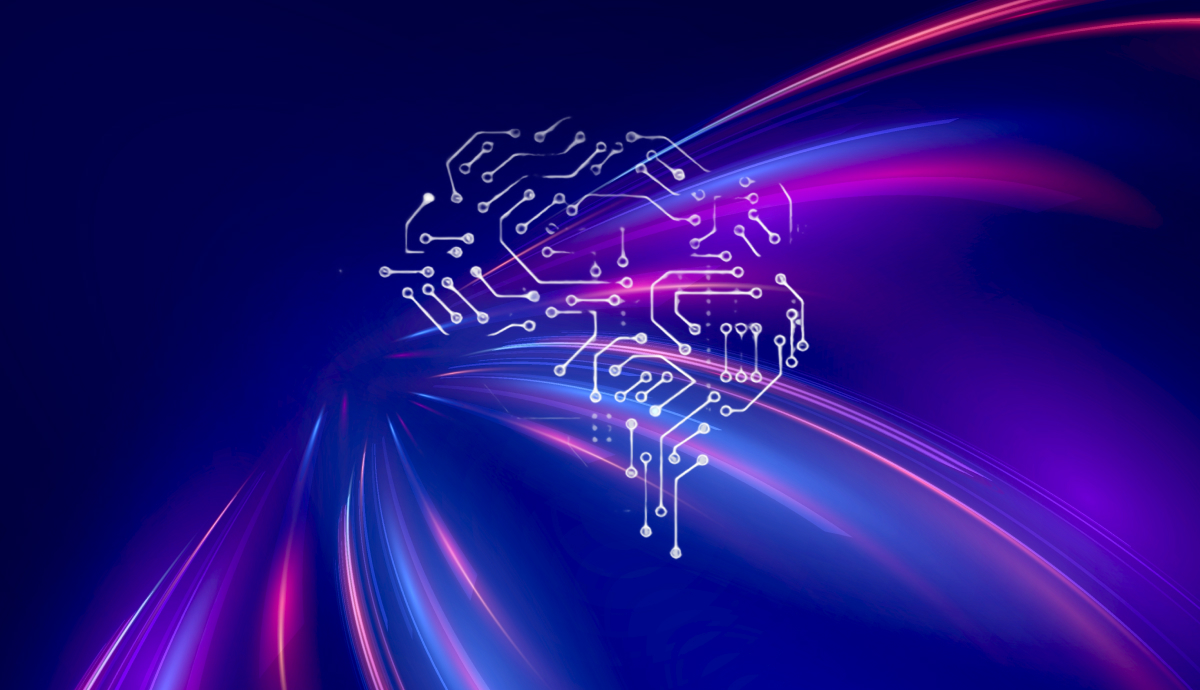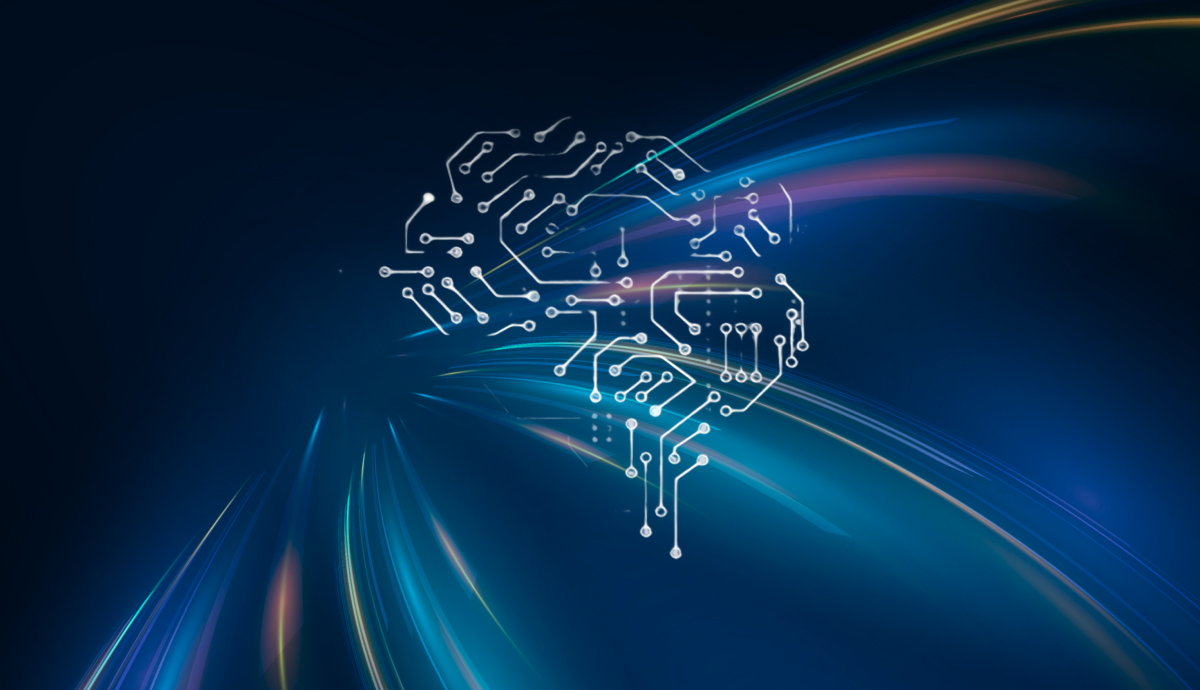As AI continues to reshape our world, one question looms large: Can AI truly be creative, or is creativity the final frontier that separates humans from machines? This is an ongoing conversation I am having with Reshma, CEO at toss the coin.
The Creativity Conundrum
Creative thinking, often misunderstood as purely original thinking, has long been considered the big differentiator between AI and humans. AI models themselves claim they aren’t creative because creativity lacks a clear pattern or structure. It’s that spark that seems to come from nowhere, fitting perfectly into a context we never considered before.
But what if we could decode the essence of human creativity and translate it into a language that AI can understand and augment?
Creative Synergy: Humans and AI
The goal isn’t to make AI creative in the human sense, but to use AI as a tool to enhance and amplify human creativity. Let’s explore this concept further with insights and examples that I have come across over the last year. I’m sure, there are many more use cases.
- AI-Enhanced Brainstorming in Writing
AI tools can analyze successful story structures and suggest plot points that typically engage audiences at certain stages of a narrative. For non-fiction writing, AI could pull relevant research, statistics, and quotes, helping writers quickly gather supporting material for their arguments. GPT-powered tools like Story.com or Copy.ai are being used by writers to generate ideas, overcome writer’s block, and explore different writing styles.
- AI in Visual Art
Artists could use AI to generate variations of their work, exploring different color schemes, compositions, or styles based on their original piece. AI could analyze art history to suggest how a contemporary artist’s work might look if created in the style of a historical art movement. Artbreeder AI allows artists to “breed” images, combining different visual elements to create unique artworks. DALL-E 2 is an AI model, developed by OpenAI, that can create highly realistic and creative images from text descriptions. It’s pushing the boundaries of what’s possible in AI-generated art.
- AI in Video
Synthesia is a platform creates AI-generated video content with virtual presenters. It’s being used for personalized video messages, educational content, and marketing materials. RunwayML offers a suite of AI-powered video editing tools, including content-aware fill for video, which can remove objects from video scenes. DeepFaceLab is a tool that showcases AI’s capability in manipulating and generating realistic video content.
- AI-Assisted Music Composition
Can you imagine AI tools that not only suggest chord progressions but also generate complementary melodies, rhythms, or even entire backing tracks based on a human-composed main theme? AI could analyze vast databases of music to suggest genre-bending combinations, helping musicians create unique fusion styles. AIVA (Artificial Intelligence Virtual Artist) is an AI composer that musicians can use to generate original music as inspiration or as a starting point for their compositions.
- AI in Game Design
Game designers could use AI to generate level layouts based on difficulty parameters, ensuring engaging gameplay experiences. AI could create dynamic narratives that adapt to player choices, enhancing the storytelling aspect of games. The game “No Man’s Sky” uses procedural generation, a form of AI, to create vast, explorable universes.
The key to this human-AI creative synergy lies in understanding and leveraging the strengths of both:
- Human Strengths: Emotional intelligence, contextual understanding, abstract thinking, ethical considerations, and the ability to draw from diverse life experiences.
- AI Strengths: Rapid processing of vast amounts of data, pattern recognition, generation of multiple options, and the ability to make connections that might not be immediately apparent to humans.
By combining these strengths, we can achieve creative outcomes that neither humans nor AI could produce alone. The human provides the vision, emotional depth, and critical judgment, while AI offers support through data analysis, option generation, and technical assistance.
This synergy also raises interesting questions about the nature of creativity itself. As AI becomes more integrated into creative processes, we may need to reconsider our definitions of authorship, originality, and creative value.
For marketing professionals, understanding this synergy is crucial. It offers new tools for content creation, campaign ideation, and audience engagement. However, it also requires developing new skills to effectively collaborate with AI tools and to navigate the ethical considerations that arise from their use in creative fields.
Measuring Creativity with AI: A Proposed Framework
To effectively use AI in augmenting human creativity, we need a framework to measure and evaluate creative output. Here’s a proposed 5 point-framework which is represented as a pentagon, with each point corresponding to one of the five components for measuring creativity with AI. The shape suggests interconnectedness and balance among the components.
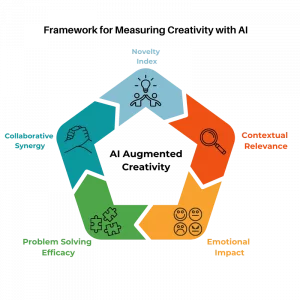
- Novelty Index: How different is the output from existing work? AI can analyze vast databases to quantify uniqueness.
- Contextual Relevance: Does the creation fit the intended context? AI can assess this based on predefined parameters.
- Emotional Impact: How does the creation affect human emotions? This could be measured through sentiment analysis of human responses.
- Problem-Solving Efficacy: If the creation is meant to solve a problem, how effectively does it do so? AI can simulate various scenarios to test this.
- Collaborative Synergy: How well does the output combine human intent with AI suggestions? This could be a measure of how much of the final product incorporates both human and AI elements.
The Path Forward: Decoding Creative Intelligence
As I work with toss the coin towards decoding the creative intelligence of humans and converting it into a “creative syntax” for AI, we must remember that emotional intelligence plays a crucial role. Understanding and replicating emotional intelligence could indeed be the key to unlocking AI’s creative potential.


